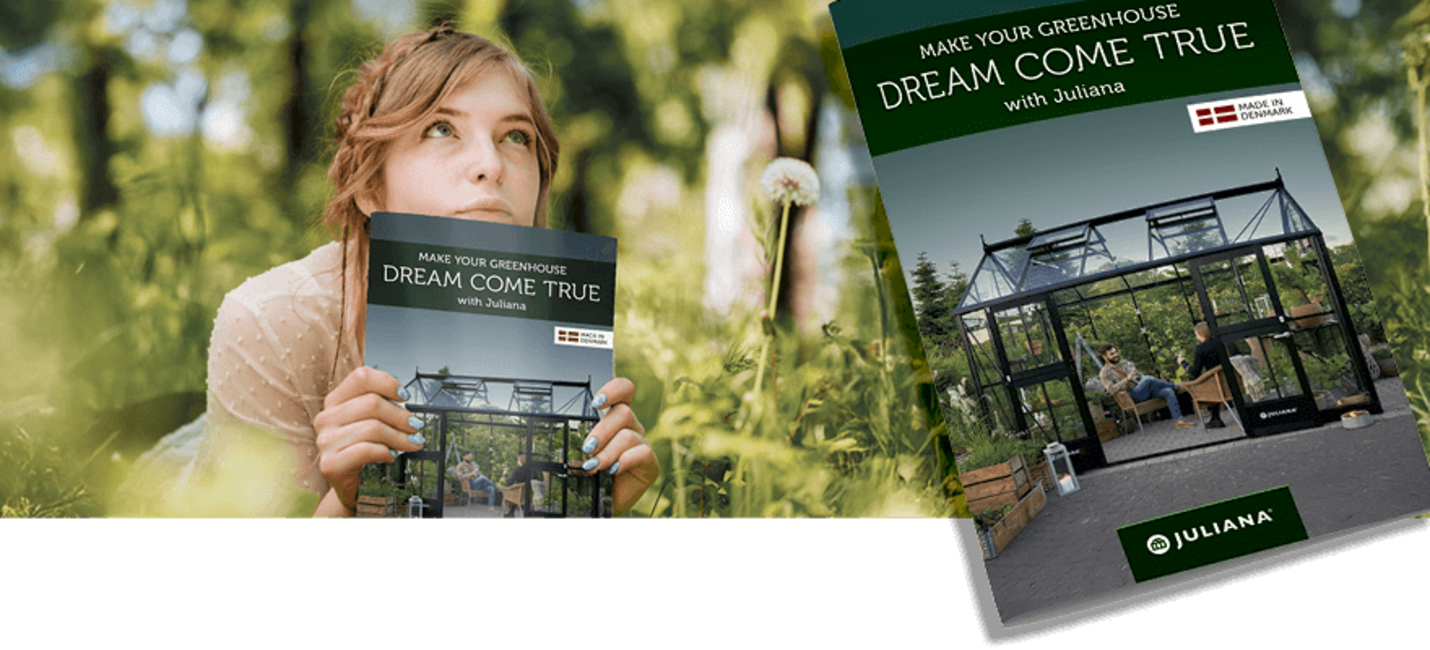Written by Spirekassen 27 Apr 2022 15:59
Self-watering boxes – easy and convenient
Text and photo: Christine Wiemann / Spirekassen
Self-watering planter boxes are an easy way to cultivate plants because you do not have to irrigate daily. With a self-watering planter box, you only need to pour water in the box once a week.
A self-watering planter box (also known as a capillary box), can be used in different places. In the greenhouse, the conservatory or the balcony. The plants have access to all the water that they need. The water is in a storage tank under the box. This means that when you are away on vacation, the plants can survive on their own.
How does it work?
A self-watering planter box is made of a storage tank. The growbag or the loose soil is on top of the tank. Water and soil are in contact via two or three cylinder tubes filled with soil. The plant can then reach the water from the tank by using the capillary action. This means that the plant does not risk being watered too much, since the plant only gets the water that is needed.
Water is amazing
Self-watering planter boxes are also called capillary boxes due to the capillary action which describes the action where the plant roots can automatically draw the water that they need. It is a natural phenomenon that works against gravity. This happens almost automatically since the properties of water molecules are unique.
The water molecule H2O contains three atoms held together with strong chemical bonds called ‘covalent bonds’.
It may get a bit technical now. The water molecule is also a dipole, meaning that the molecule at one end is a positive charge, and at the other end is a negative charge. The small water molecules then attract each other due to the positive and negative ends just like a magnet. The attraction gives the water molecule a strong bond to the other water molecules, and they are connected like beads on a string.
The soil
Planting soil has a lot of air pockets. These pockets can contain oxygen and water for the plant roots. Since the water molecules cannot be pulled apart due to the positive and negative charges, there is only one way for the water molecule. The small air pockets almost pull the water molecules back and the soil is automatically filled with water. And the one water molecule pulls other water molecules along with it like beads on a string.
How to do it
- Fill the water container
- Loosen the soil in the growbag
- Put the growbag on top of the water container
- Cut a hole for your plants on the horizontal surface in the bag
- Feel your way through the soil and then cut three holes at the bottom of the growbag
- Fill these holes with soil from the growbag
- Fill the water container with water
- Plant your plants in the growbag, and irrigate lightly from the top
What soil should I use?
For vegetables use the same soil as the soil that is used for raised beds. If the soil in the bag doesn’t need to be emptied, and it is necessary to cut a hole in the growbag which is on top of the self-watering box, then the bag should preferable contain 40 to 50 litres of soil.
Water and fertiliser
During summer the self-watering boxes should be filled once a week. However, it depends on how hot it is and how much the plants are growing. I will recommend using tap water in the beginning, and not use rainwater.
There is no need for liquid fertiliser during the first 14 days.
When using fertiliser, it is not necessary to add fertiliser every time you fill the water container. Fertiliser can be added 1 to 2 times a month. Follow the instructions on the packaging and only irrigate with tap water.


